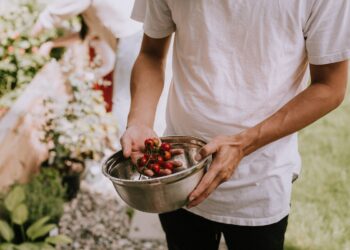Which country is the largest producer of coffee in the world?

Vietnam
Colombia
Ethiopia
Brazil
What role does a “Barista” play in coffee preparation?

Designs coffee plantations
Operates espresso machines and serves coffee
Grades coffee beans
Harvests coffee cherries
What term describes the sensation of mouthfeel and texture of coffee?

Acidity
Body
Brightness
Crema
What does the term “single origin” coffee mean?

Coffee that is served black
Coffee sourced from a single geographical location or producer
Coffee that has been roasted in a single batch
Coffee sourced from one single producer
What does the term “third wave coffee” refer to?

A global shortage of coffee beans
A movement focused on high-quality, artisanal coffee
The resurgence of instant coffee
The proliferation of coffee chains like Starbucks
What is a “flat white” coffee?
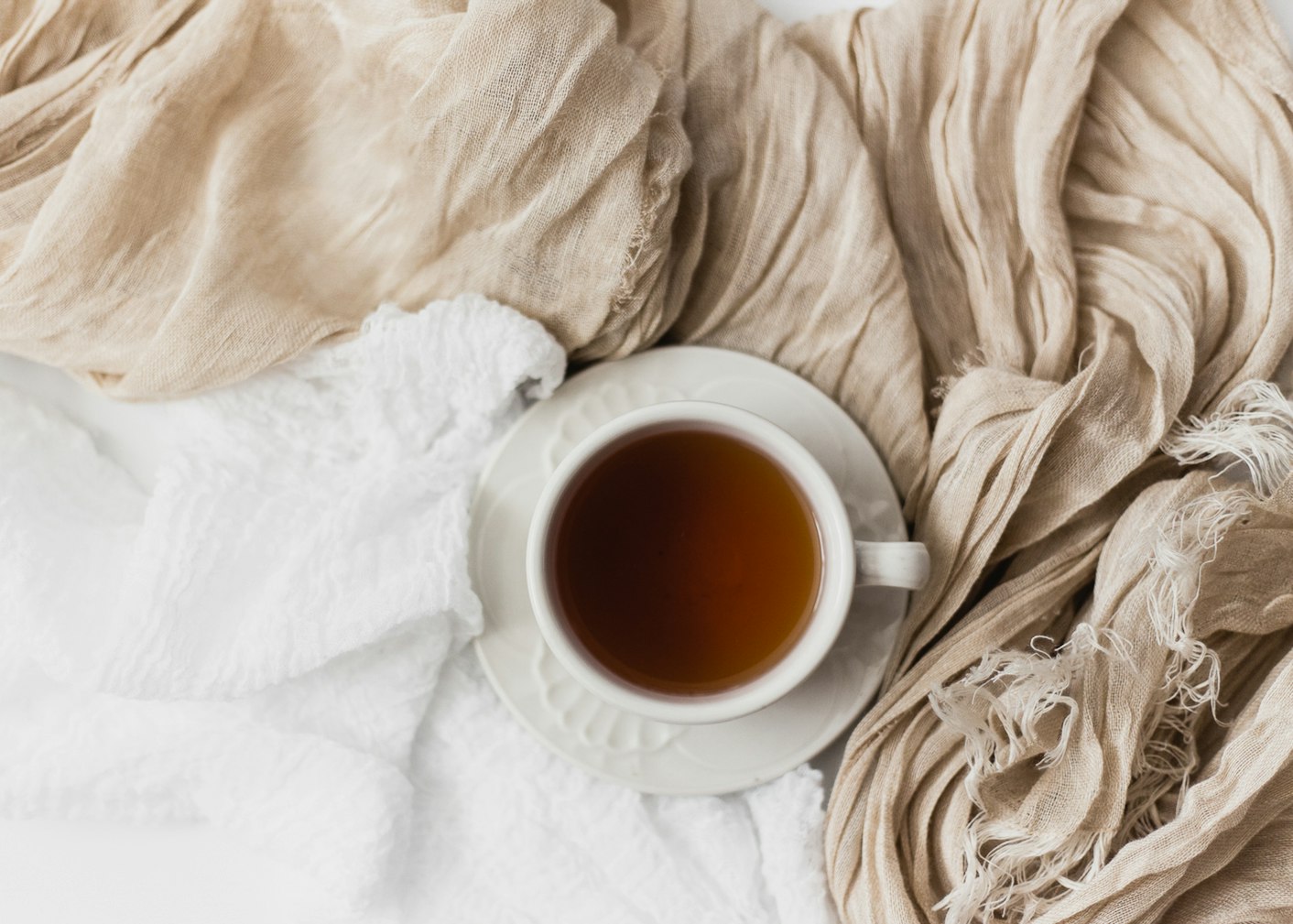
Espresso with cold milk
Espresso with steamed milk and a small amount of microfoam
Black coffee with a dash of milk
Filter coffee without any milk
Which of these is NOT a traditional method of coffee processing?
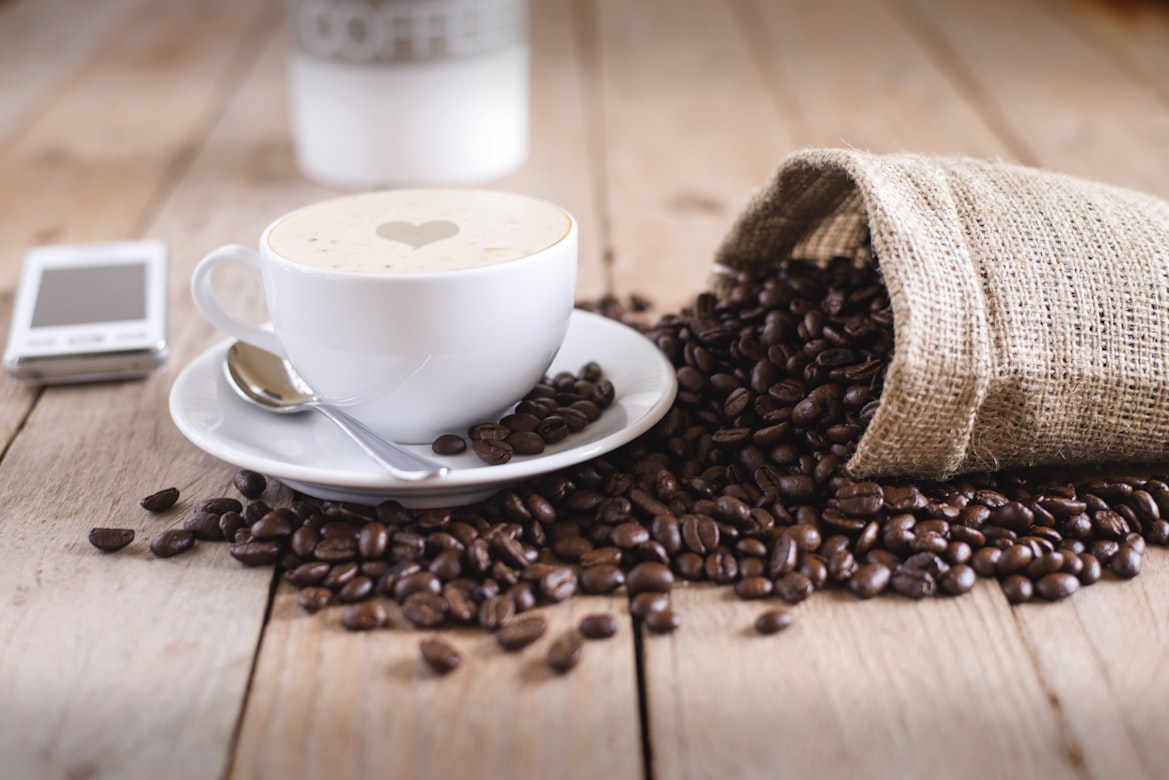
Wet (Washed)
Dry (Natural)
Honey
Blanching
What does “cupping” refer to in the coffee industry?

The process of grinding coffee beans
A method for storing coffee beans
The process of tasting and evaluating coffee
The technique of pouring milk into coffee
What factor does NOT affect the flavor of coffee?
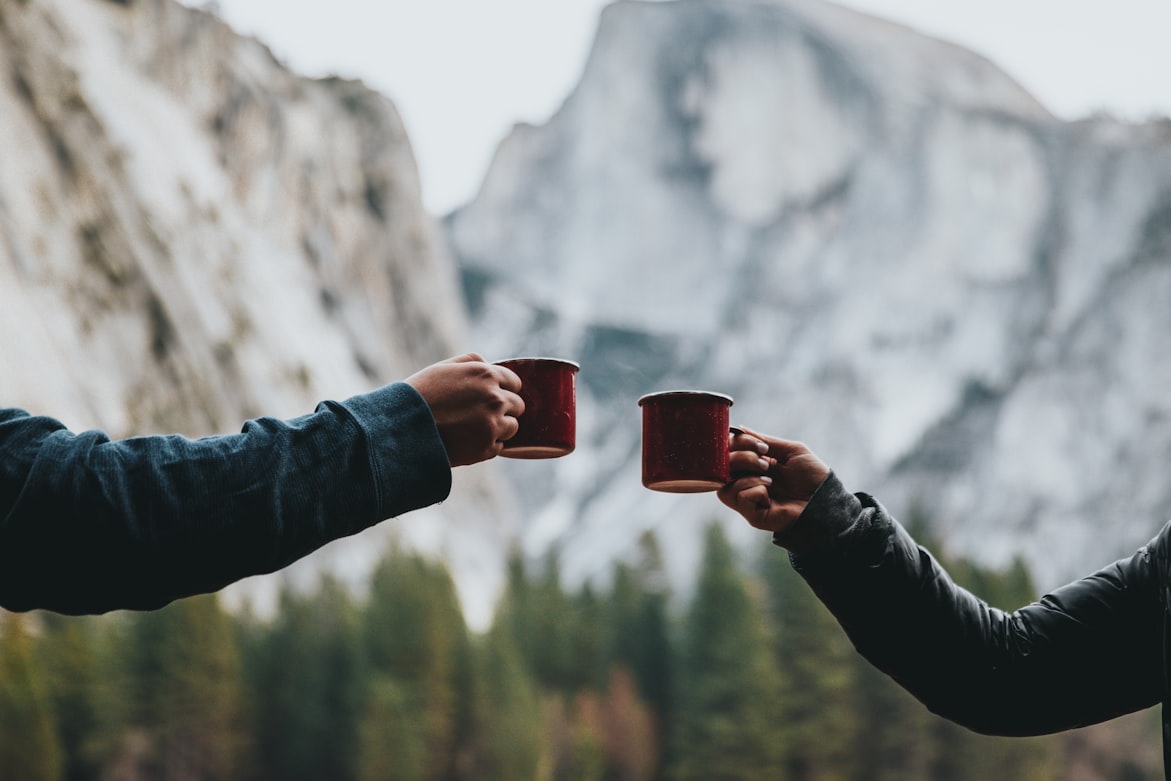
The altitude at which it is grown
The method of processing the beans
The size of the mug used to serve the coffee
The roast profile
Arabica and Robusta beans differ significantly in what way?
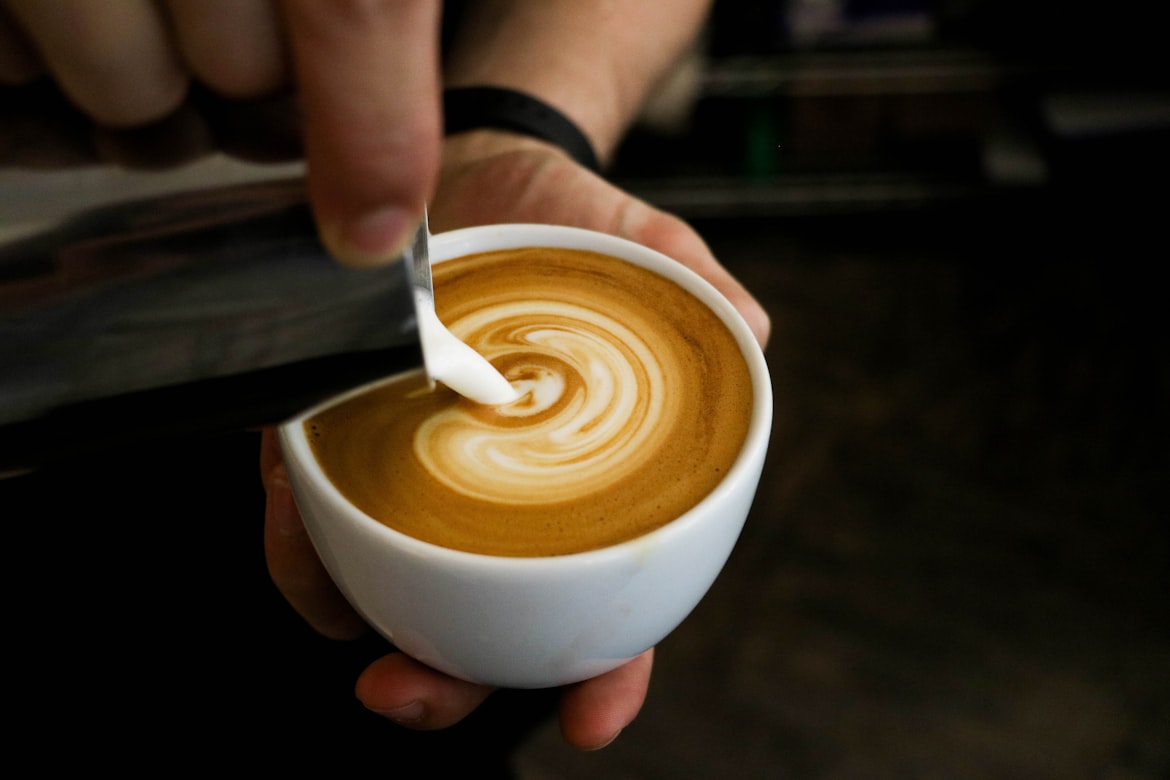
Size of the beans
Caffeine content
Color of the beans
Shape of the beans
Espresso shots that are “pulled” too quickly are likely to be:

Bitter
Under-extracted
Over-extracted
Balanced
Which city is considered the birthplace of the espresso machine?
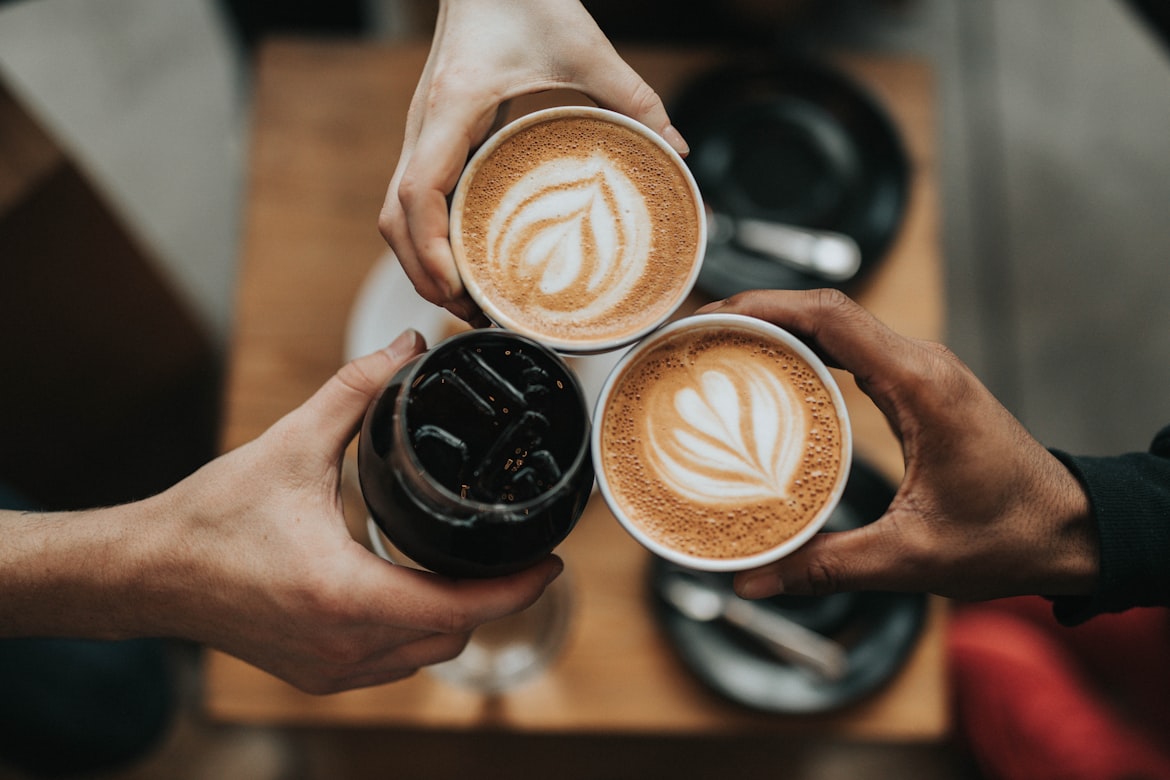
Rome
Milan
Venice
Turin
Which of the following is NOT a method for brewing coffee?

AeroPress
French Press
Cold Brew
Sun Steep
What is the effect of adding milk to coffee in terms of flavor?

Reduces bitterness and enhances body
Increases acidity and bitterness
Dilutes the coffee flavor without changing the profile
Enhances sweetness and acidity
What is the ideal temperature range for brewing most coffee?

185-205F (85-96C)
195-205F (90-96C)
200-212F (93-100C)
165-175F (74-79C)
Which coffee species is known for its distinctive blue-green beans?

Arabica
Robusta
Liberica
Geisha
How is a “macchiato” traditionally prepared?

Espresso mixed with hot water
Espresso mixed with chocolate syrup
Steamed milk poured over espresso
Espresso topped with a small amount of milk foam
What is the main reason for storing coffee beans in a cool, dry place?

To increase caffeine content
To slow down the oxidation process
To prevent the beans from growing
To enhance the beans’ natural sweetness
In which country did the coffeehouse first become popular?
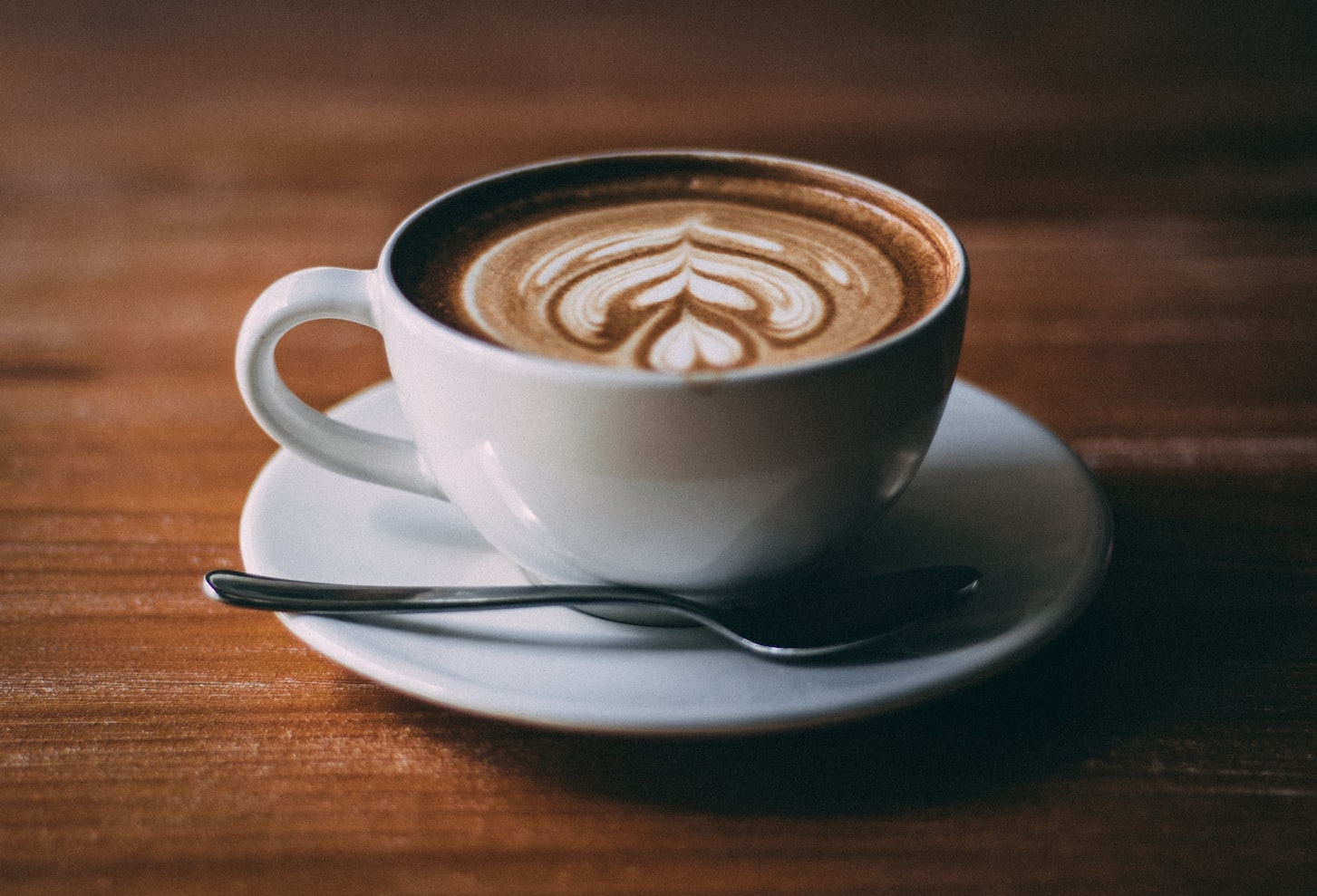
England
Italy
Turkey
France
What is the process called that removes caffeine from coffee beans?
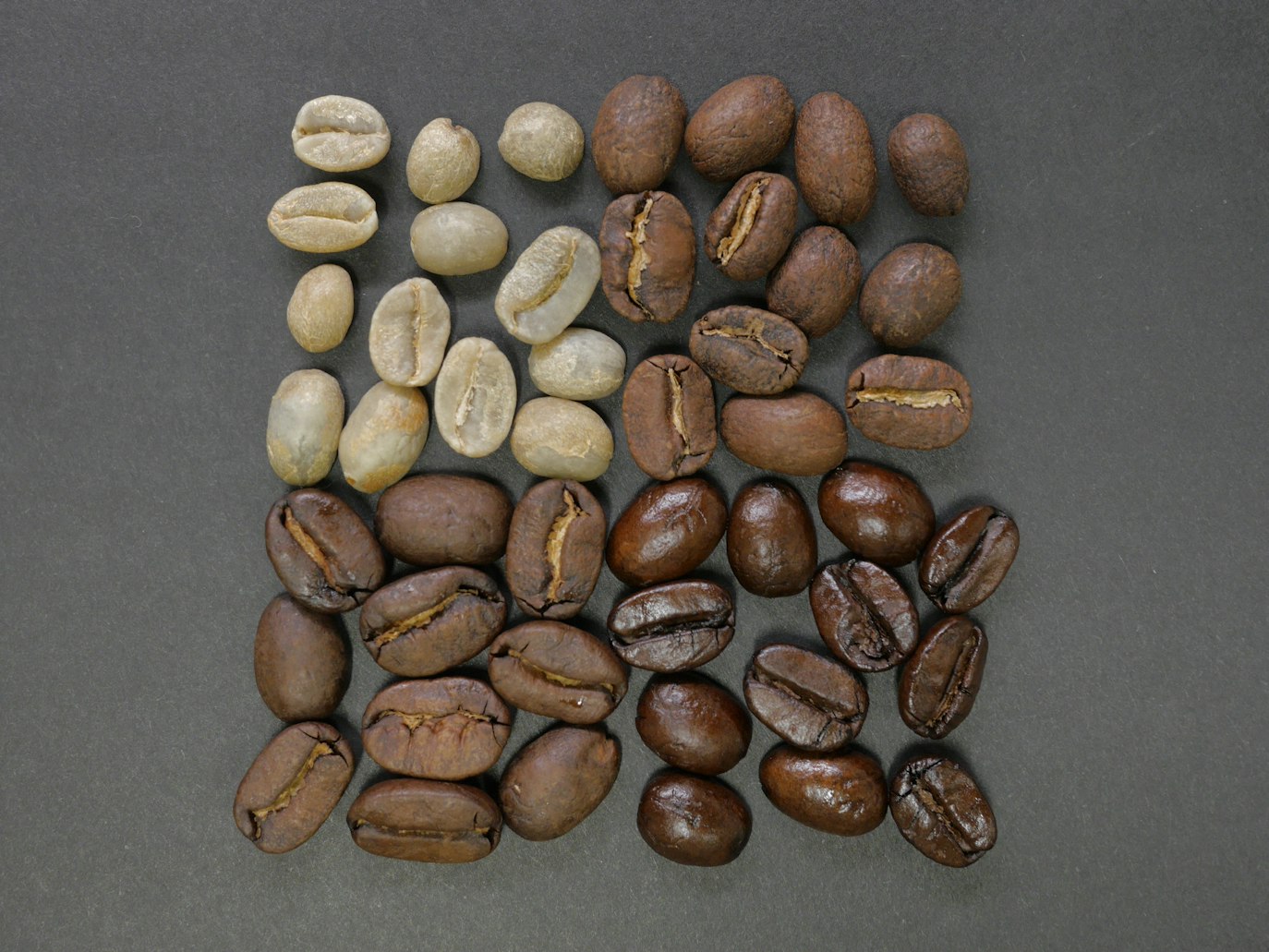
Roasting
Decanting
Swiss Water Process
Maceration

Decaf Dud…
You didn’t do very well on this quiz.

Casual Coffee Drinker
You did decently on this quiz.

Coffee Guru!
You did great on this quiz!


